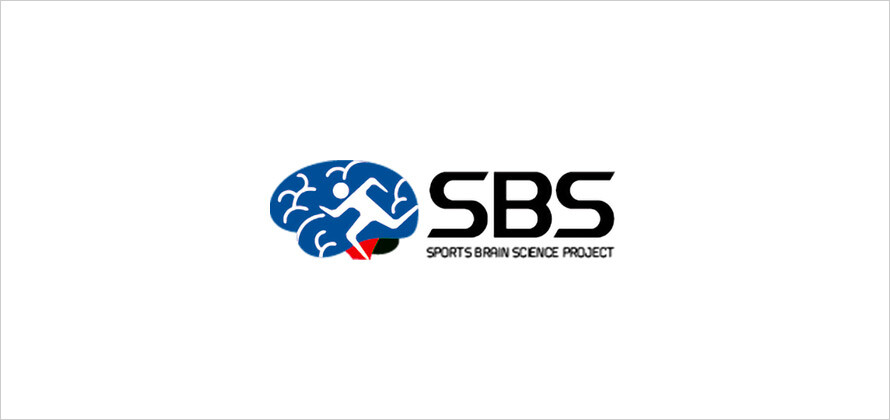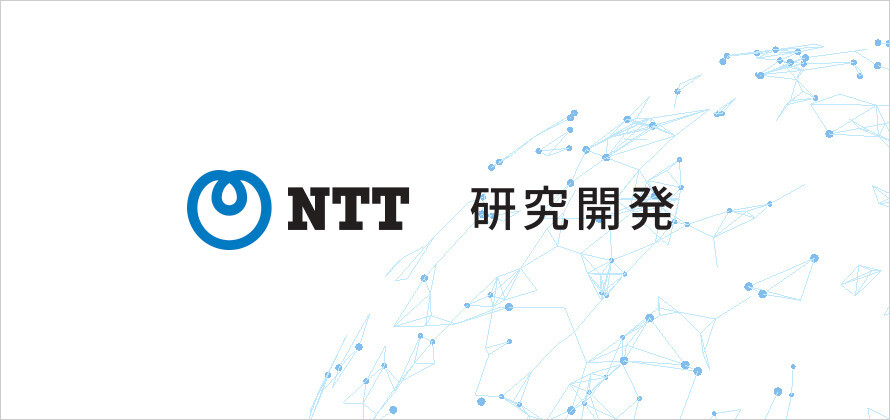Microsoft ends support for Internet Explorer on June 16, 2022.
We recommend using one of the browsers listed below.
- Microsoft Edge(Latest version)
- Mozilla Firefox(Latest version)
- Google Chrome(Latest version)
- Apple Safari(Latest version)
Please contact your browser provider for download and installation instructions.

Breaking down talent with science
Figuring out the relationship between brain functions and performance to analyze humans' potential
 Simulation VR system for softball
Simulation VR system for softball
To an era where even the mind and skills can be trained with brain science.
In the world of sports, the ideal athlete is said to have the mind, skill, and body. In modern sport, research and training approaches for the "body," or the physical side of the discipline, have advanced and diversified, yet most of the mind and skill have been left isolated from science. What is happening in the human brain and body, when top athletes demonstrate the state of their mind and skill (strong mentality and ultimate performances), such as those expressed with analogies such as "intense pitching" and "soulful batting"? The secret is the workings of "potential brain functions" that subconsciously impact the intention and action of humans. If we could figure out this mechanism, we might be able to create a "winning brain" that can control our mentality and our body in the best way possible. That was the picture for the future that prompted the launch of Sports Brain Science Project ("SBS Project"). The mission of the research team was to utilize information communication technologies (ICT) to figure out the workings of the potential brain functions in sport, and develop new training based on those findings. Coincidentally, as COVID limited opportunities for athletes to engage in warm-up games, this project took on a significant meaning for the Japan women's softball team, realizing, by merging brain science with technology, science-based and practical training, which was an advanced edition of the virtual simulation training they had been doing before. Behind the glory of the gold medal the team won at the international sport event in 2021, was a story of NTT's technology and science taking on a challenge.
Bringing out the potential "brain" power of individuals and making it a reality.
Asking "How are we going to figure out the workings of the Japan team members' potential brain functions and maximize their performance?" was asking, in other words, "How are we going to know each athlete's unique strengths, bringing out their potential power to win?" It was hard to capture such real sides of the athletes with conventional research behind lab doors. As it was, the SBS Project needed to extend its research to the actual field, to analyze the athletes' performance in situations that were closer to the actual competitions, to optimize their training, incorporating each athlete's characteristics. In this process, the project team brought together brain-science expertise and various technologies to identify training approaches for the next generation. In a way, it was a challenge to heighten the potential power of the field of "brain science and technology."
Using data to fill the gap between the athletes' self-portrayed images and their actual performances.
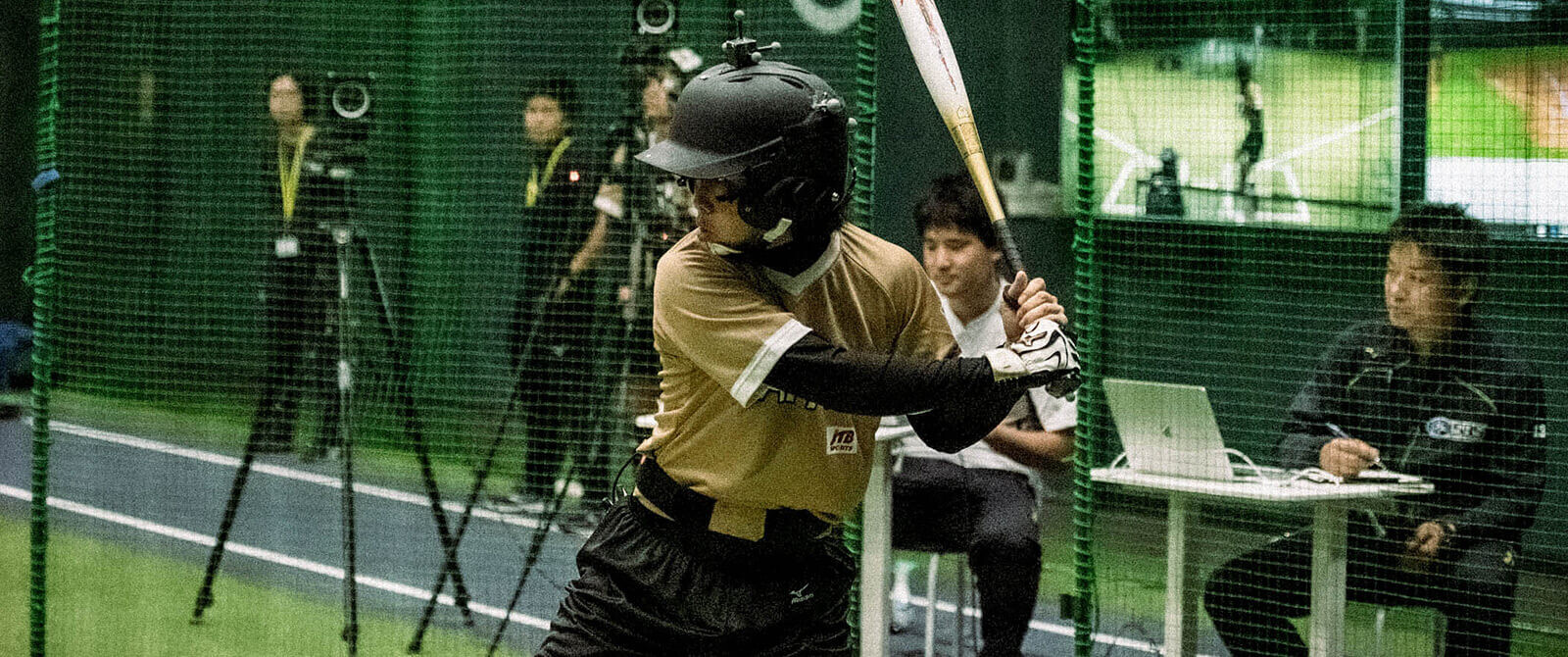
Smart bullpen is a space to measure athletes' performances from all angles, in a space that is close to that of actual competitions. In the smart bullpen, the project team simultaneously captured the motion of the pitcher and batter to analyze the reaction of the batter according to the pitcher's form and pitching style.
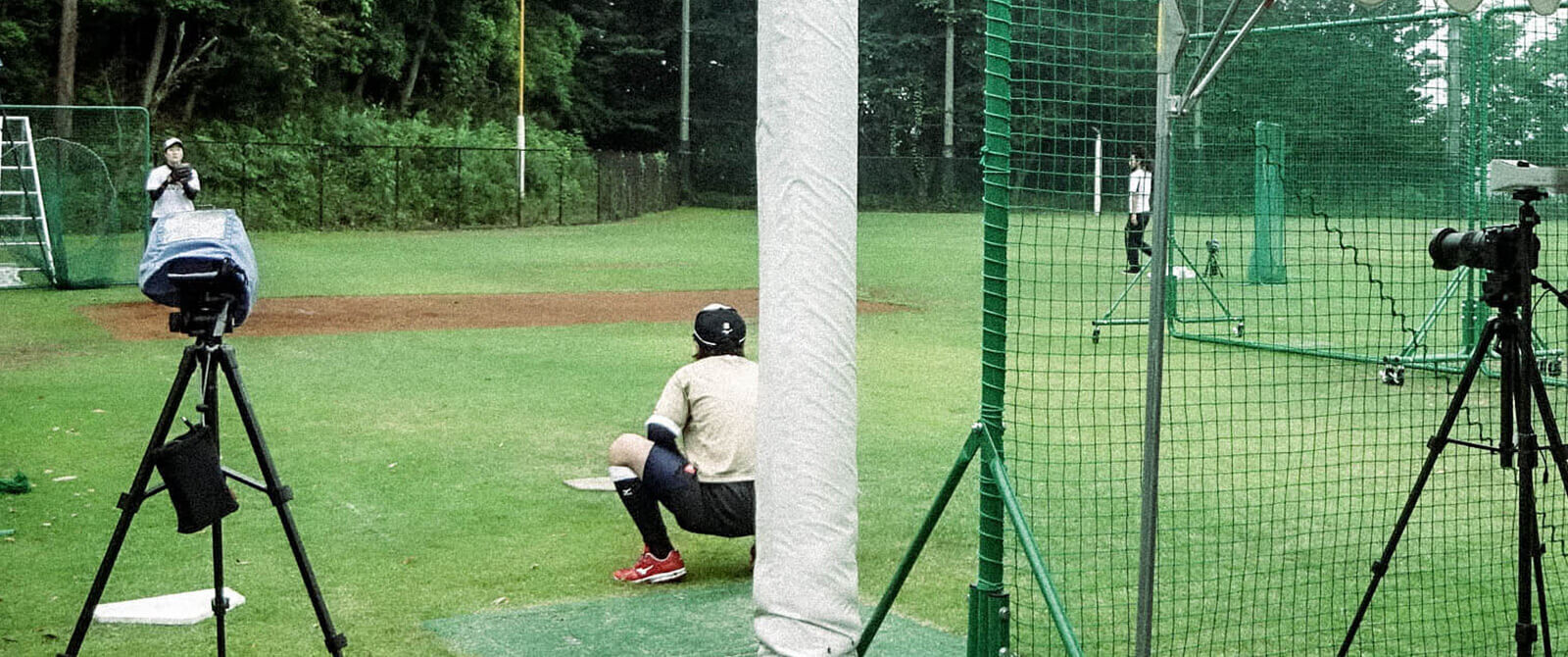
In the training for pitchers, their pitch was measured by high-performance cameras. By accurately measuring the rotation and rotational axis, the self-portrayed image of the pitcher and the actual pitching style were compared to improve the pitching strategy and skills.
Virtual training caught up with real
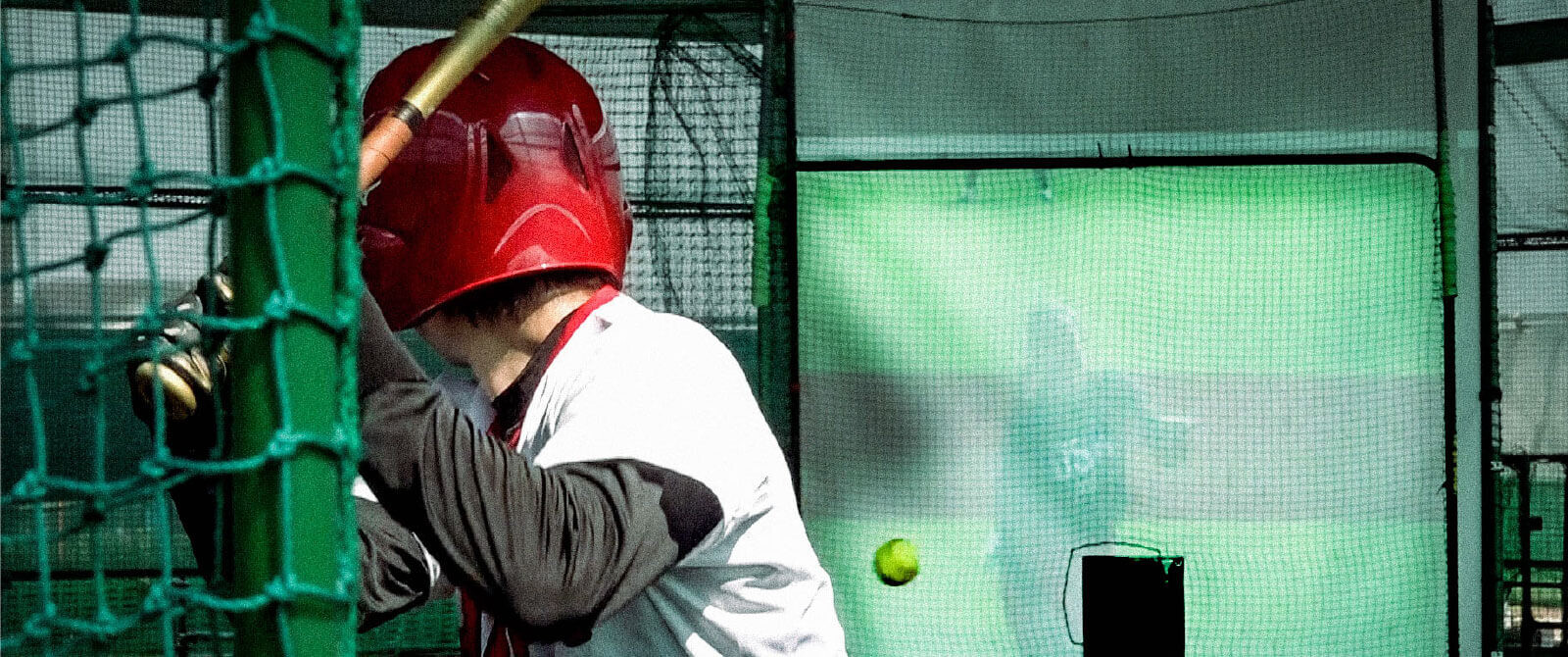
Likewise for batters, the project team started to work on their batting skills, based on biometric data analysis from multi-angle sensing. The question was how the findings could be applied to improve the performance in a concrete manner. To start with, the project team started by developing a virtual competition program to help batters imagine the pitcher's pitching through virtual reality. Even though it received positive feedback from the batters, VR was not able to offer real batting sensations, even though it offered visual image training. To address this issue, the project team developed a special pitching machine that accurately reproduced the opponent pitcher's forms and pitching styles from their game footage and data, creating physical batting drills. The machine reproduced details accurately including the ball speed and trajectory that certain pitching forms produced, reproduced from the video of the actual pitching scene. The solution that almost epitomized the proverb, "Know yourself as well as your enemy, and there will be no fear in hundreds of battles," served as one of the reasons that helped the Japan team to crank out successful batting.
Connecting to the Future
To a future where all can see their talent blossom and exercise their true potential. Improving the potential of sports and humans.
NTT has been researching and developing programs for sports training of the next generation beyond our imagination, by obtaining and amassing biometric information with diverse ICT technologies and combining and analyzing them with findings from brain science. One of the efforts is the development of "sensory feedback," to help athletes intuitively and automatically learn the best action and timing for best performance. It aims to assist the athlete's performance by putting sensors on various parts of their body to analyze the timing and rhythm of their movement, giving feedback directly to the body by non-verbal means such as through hearing and touch. It will not be long before we see sportswear and training rooms becoming the ultimate personal coaches, as sensing technologies and AI further advance. And that is not a mechanism just for top athletes. Anyone, from children who are not so good at sports through the elderly, will be able to maximize their potential and move their body in the best way possible, in a way that matches individual levels. It will not just eradicate negativity in sport, but might even help in finding promising athletes, and help them blossom. When brain science, technology and sport come closer together, it will not only improve the entire level of the sports industry but lead to a future where many people can enjoy living a healthy and active life.
Related Links
CONTACT
NTT Communication Science Laboratories
E-mail / cs-liaison-ml@hco.ntt.co.jp



